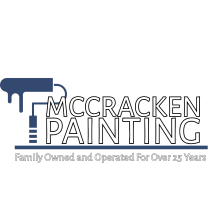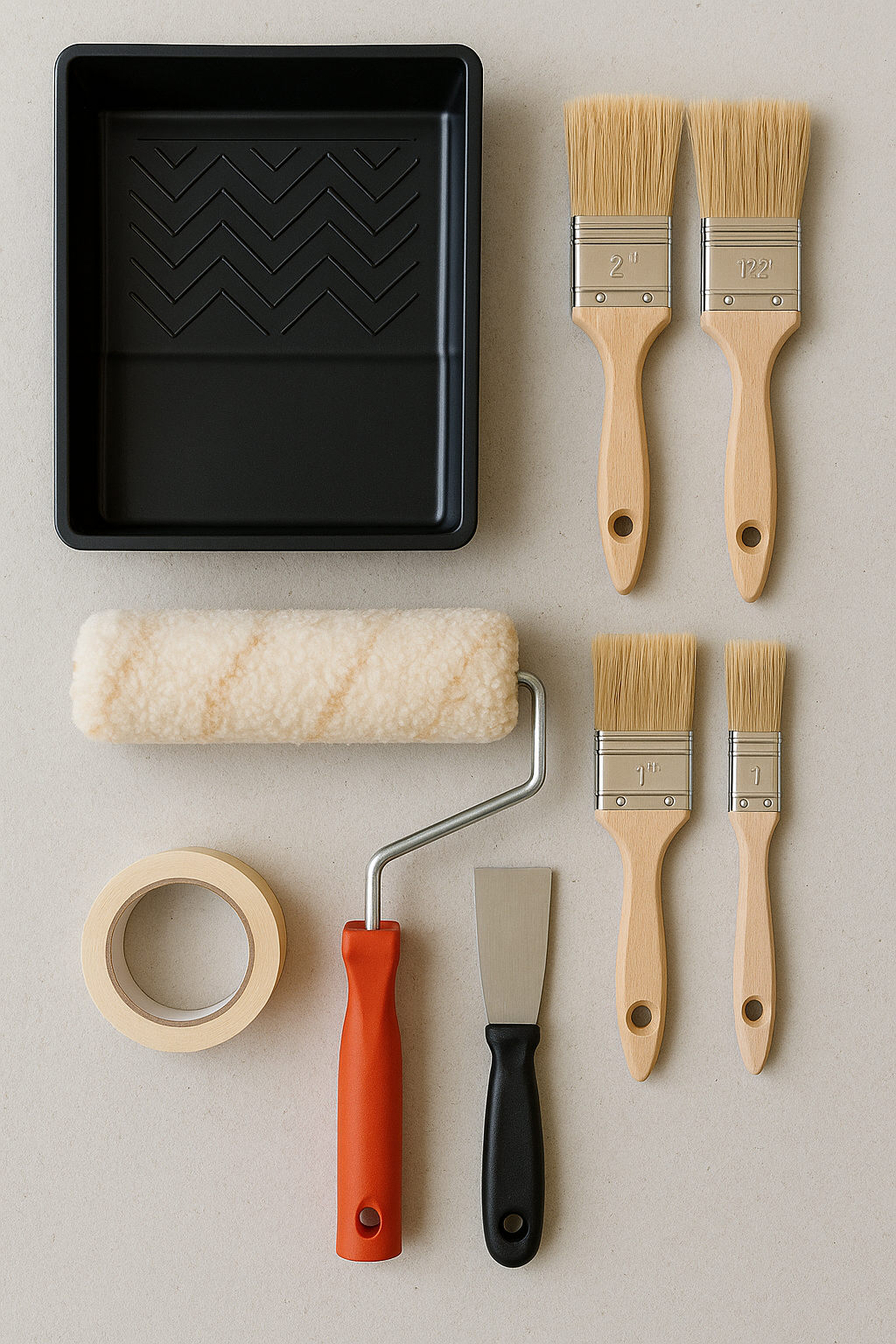Essential Painting Tools & Brushes That Pros Rely On
Whether you're a DIY homeowner or a seasoned painter, using the right tools can make all the difference in your results. The perfect brush or accessory can save time, reduce mess, and give you cleaner lines and smoother finishes. Here’s a guide to the most trusted tools and brushes painters swear by — along with when and how to use them.
1. Top Brushes You’ll Want in Your Kit
1. Synthetic Bristle Brushes (Nylon / Polyester)
- Ideal for water‑based and latex paints
- Hold their shape and are easier to clean
- Excellent all-purpose option for walls, trim, and general use
2. Natural Bristle Brushes
- Made from hog, ox, or sable hair
- Best for oil‑based paints, varnishes, and finishes
- Softer feel and smoother stroke with those materials
3. Angled (Sash) Brushes
- Great for “cutting in” — painting edges, corners, and trim
- The angled tip allows more control and precision
4. Flat / Shader Brushes
- Broad, straight‑edged brushes for filling larger flat surfaces
- Useful when painting walls, doors, or furniture panels
5. Filbert, Round & Detail Brushes
- Filbert: good for blending and soft edges
- Round: useful for curves, detail work, or fine lines
- Detail brushes: for delicate accents and touchups
6. Specialty Brushes (Trim, Mini, etc.)
- Smaller trims, cabinet doors, edges — use narrower or mini brushes
- Examples include “trim sash” brushes, mini angling brushes
2. Must-Have Painting Tools & Accessories
- Roller frames & covers — for covering large wall surfaces quickly
- Extension poles — reach higher areas without ladders
- Painter’s tape & masking film — protect edges, windows, ceilings
- Drop cloths / canvas sheets — shield floors and furniture
- Paint trays & liners — for clean, organized paint access
- Brush combs / wire brush cleaners — help clean bristles efficiently
- Buckets / mixing containers — for blending paint or thinning
- Paint edger tools — tools that let you roll near edges cleanly
- Paint scrapers, sandpaper & putty knives — prep surfaces before painting
- Stir sticks & mixing paddles — keep paint consistent
- Rags, tack cloths, sponges — for wiping, cleanups, smoothing
3. Recommended Brush Brands & Models to Consider
- Purdy — known for high‑quality synthetic and natural bristle brushes. The Purdy Nylox and Purdy Monarch lines are especially well regarded.
- Wooster — offers excellent angled and short-handle brushes (like the Shortcut line) for trim work.
- Wooster / Purdy picks in top reviews — Purdy XL Swan Flat for walls; Wooster 2" Shortcut Sash for edges.
- Artist / Fine Art Options — for canvas or decorative paint: Princeton, Winsor & Newton, Rosemary & Co.
- Budget / hybrid options — synthetic brushes that mimic natural bristle performance (great for acrylics and mixed media)
4. Choosing & Caring for Your Brushes
- Match brush type to paint (synthetic for latex/water, natural for oils)
- Choose a size appropriate to the task (larger for walls, smaller for trim)
- Keep bristles straight — avoid bending the tip
- Clean properly and immediately after use
- Store brushes hanging or flat so bristles aren’t set askew
- Use a brush comb or gentle cleaner to remove dried paint
Conclusion
Great painting results begin with great tools. Choosing the right brushes and supporting accessories makes a noticeable difference in speed, finish, and accuracy. Use these suggestions to build a reliable, pro-level kit that works from walls to trim to artistic detail.



